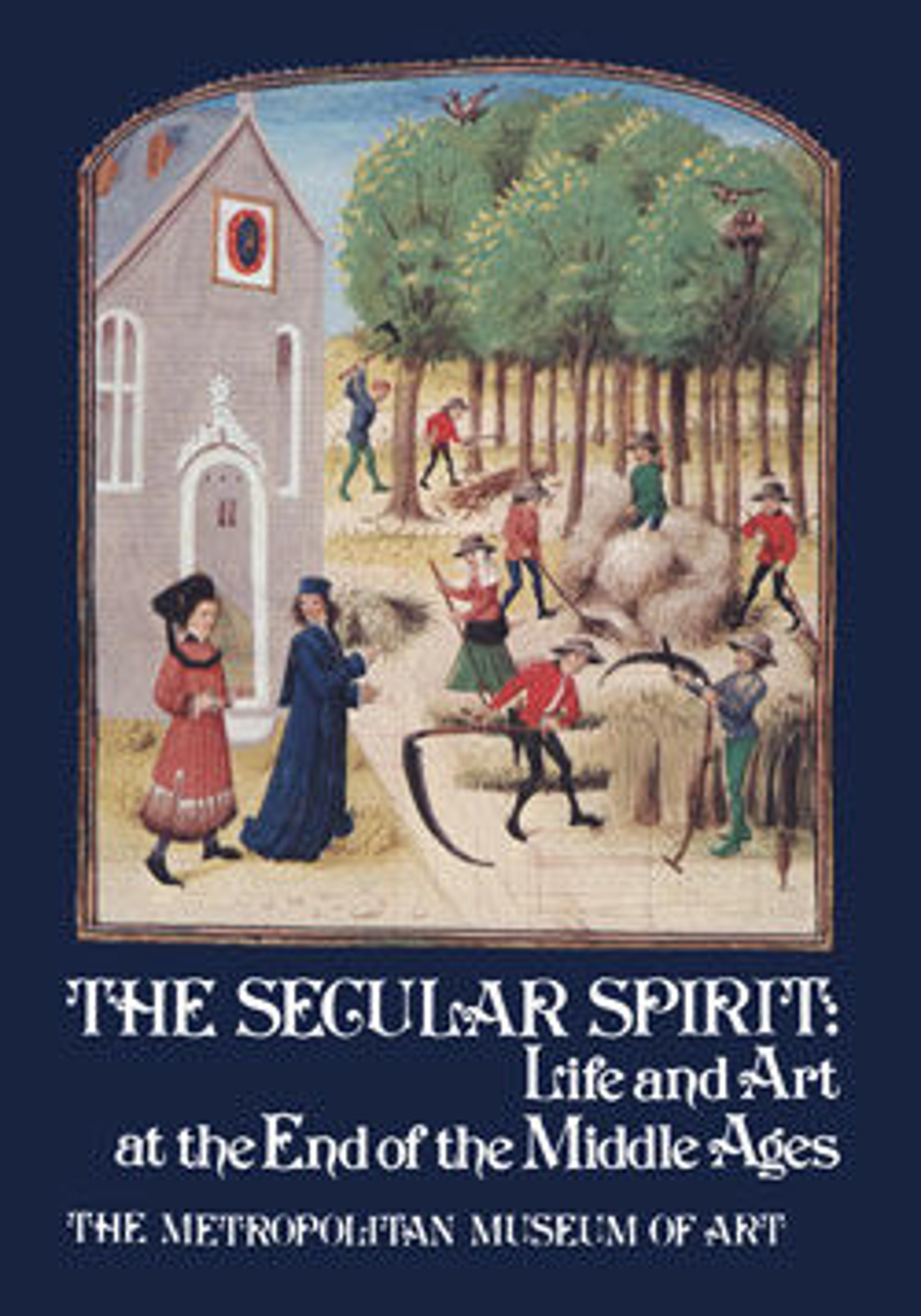Box
Ink containers of different shapes and sizes frequently appear in manuscript illuminations and in paintings depicting scribes or scholars in their studies. Although it is difficult to determine their material from the pictorial evidence, ink containers are known to have been made not only of horn, but also of silver, tin, and leather, and, in later periods, of glass and stoneware. Horn was used early in the Middle Ages; a twelfth-century manuscript shows two containers made of ox horns set in holes in the scribe’s desk. By the fifteenth century, however, ink pots were designed as free-standing containers.
Twelfth-century recipes for ink indicate that pigments, made of lampblack, gallnut, and similar materials, were stored in powder form and mixed with liquid in small amounts according to the scribes’ immediate requirements. This practice, which continued throughout the Middle Ages, allowed ink containers to be carried without fear of spilling. Portable writing cases, which could be attached to a belt, were equipped with a well for the ink pigment container and sheaths for quill pens. Unlike several leather ink pits which have been excavated in London, this leather case is fitted with strap loops and was probably designed to carry either a pigment container or a more elaborately worked inkwell.
Twelfth-century recipes for ink indicate that pigments, made of lampblack, gallnut, and similar materials, were stored in powder form and mixed with liquid in small amounts according to the scribes’ immediate requirements. This practice, which continued throughout the Middle Ages, allowed ink containers to be carried without fear of spilling. Portable writing cases, which could be attached to a belt, were equipped with a well for the ink pigment container and sheaths for quill pens. Unlike several leather ink pits which have been excavated in London, this leather case is fitted with strap loops and was probably designed to carry either a pigment container or a more elaborately worked inkwell.
Artwork Details
- Title: Box
- Date: 15th century
- Culture: Italian
- Medium: Leather (Cuir bouilli), on wood core with textile interior
- Dimensions: Overall: 3 9/16 x 2 7/8 x 2 3/4 in. (9 x 7.3 x 7 cm)
- Classification: Leatherwork
- Credit Line: Gift of Alastair Bradley Martin, 1949
- Object Number: 49.61.1a, b
- Curatorial Department: Medieval Art and The Cloisters
More Artwork
Research Resources
The Met provides unparalleled resources for research and welcomes an international community of students and scholars. The Met's Open Access API is where creators and researchers can connect to the The Met collection. Open Access data and public domain images are available for unrestricted commercial and noncommercial use without permission or fee.
To request images under copyright and other restrictions, please use this Image Request form.
Feedback
We continue to research and examine historical and cultural context for objects in The Met collection. If you have comments or questions about this object record, please complete and submit this form. The Museum looks forward to receiving your comments.
